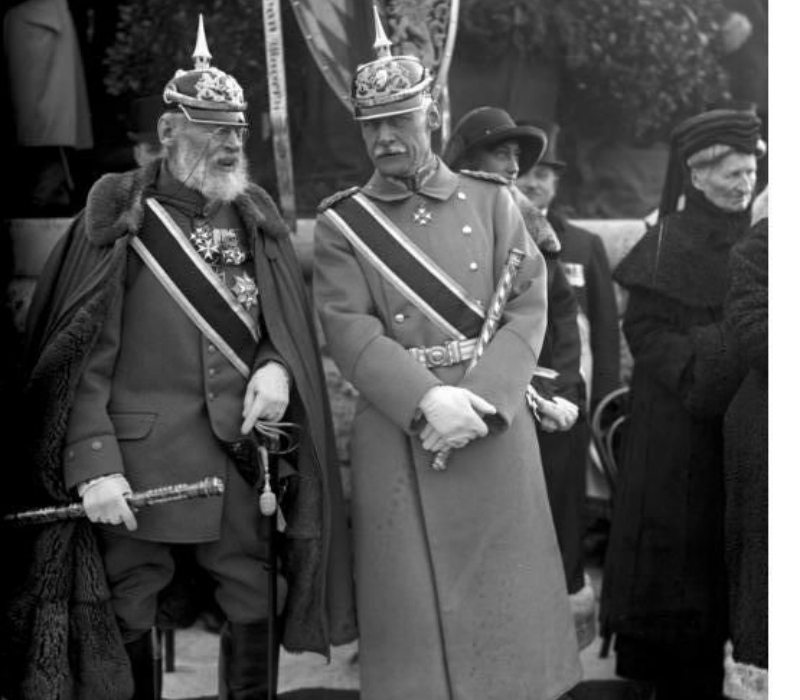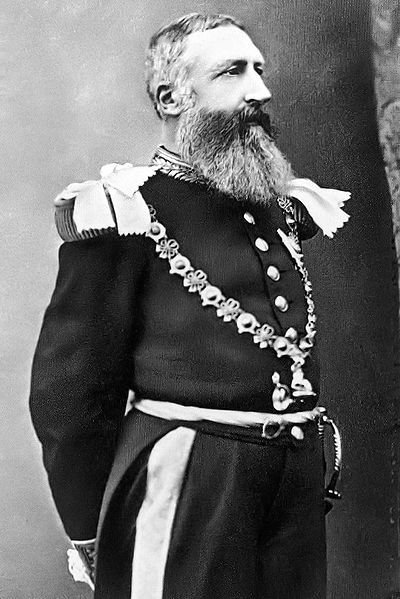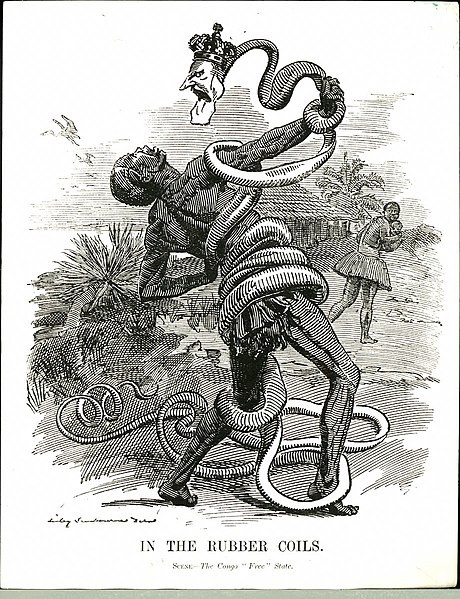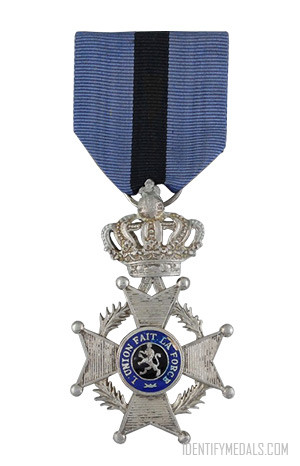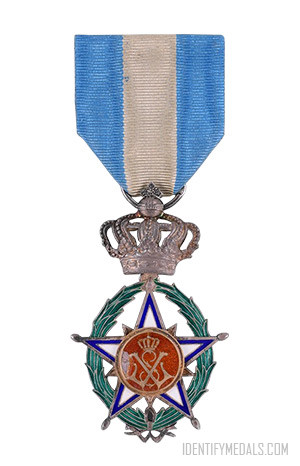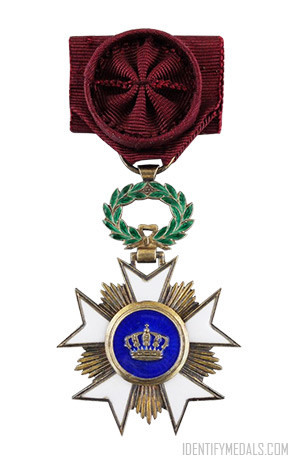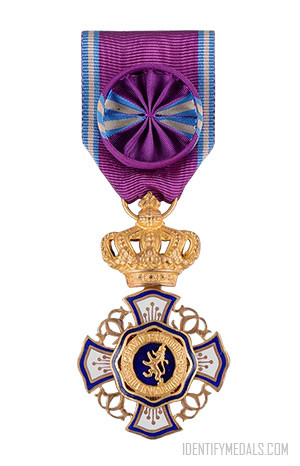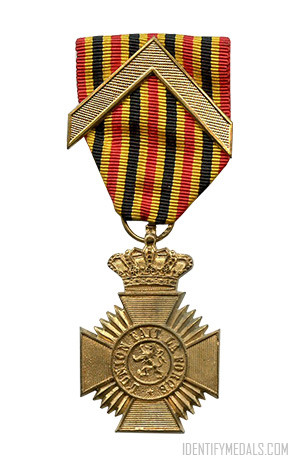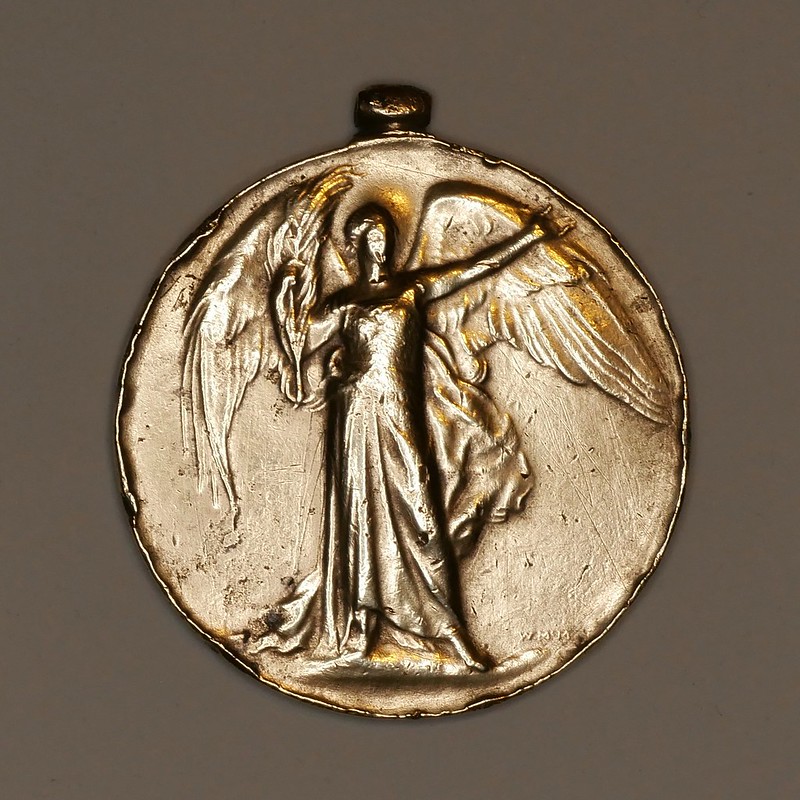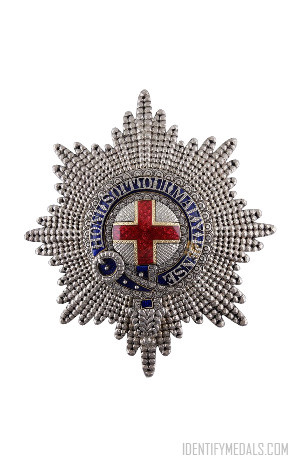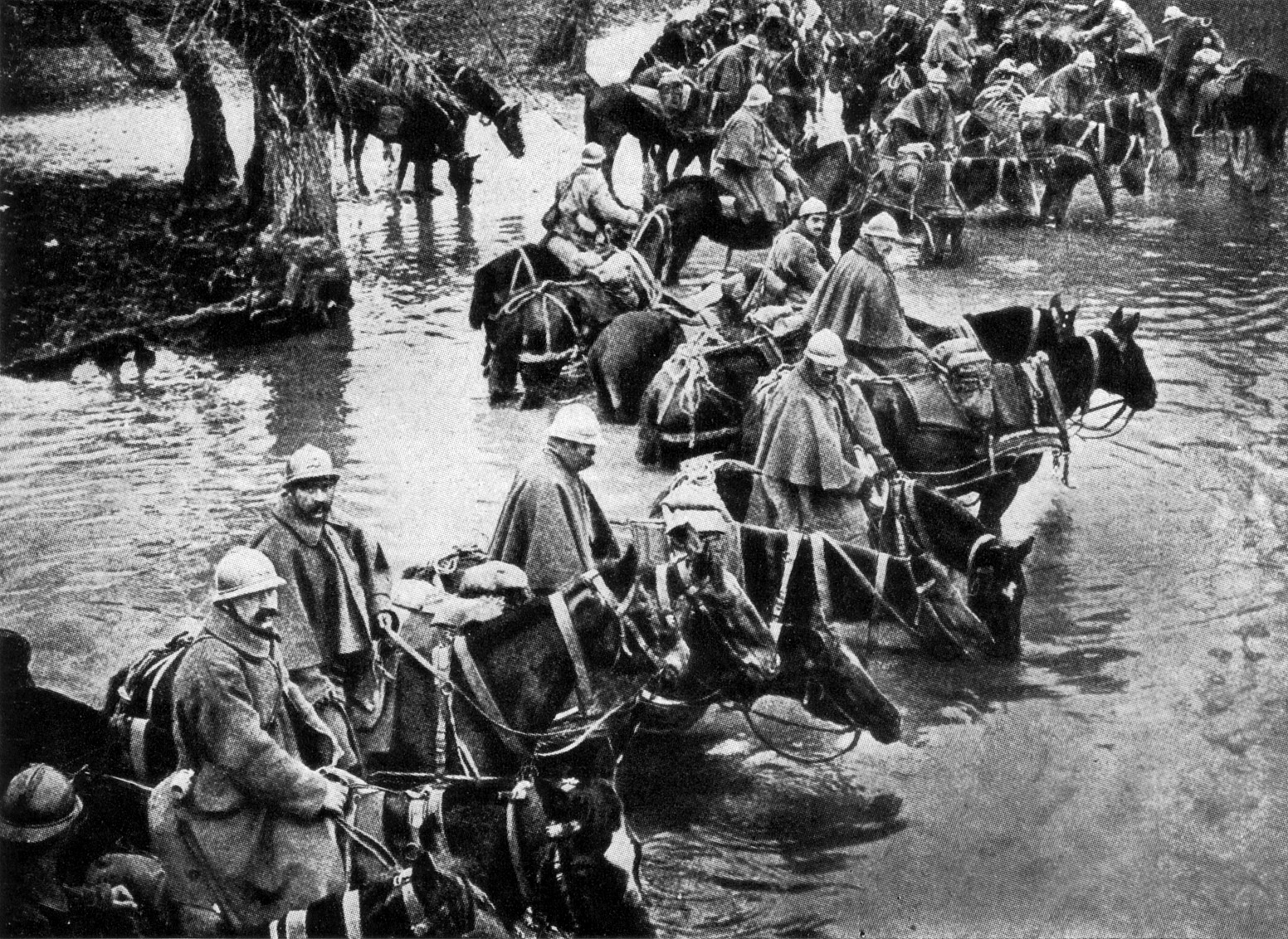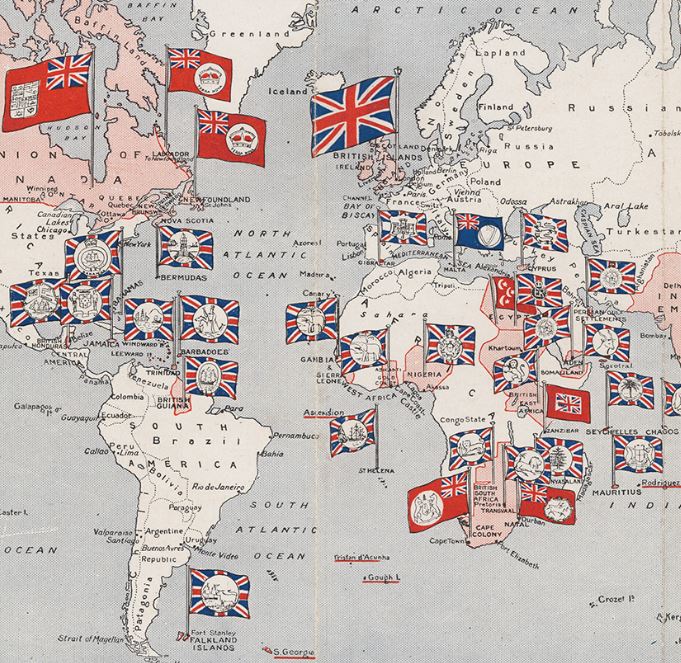In this article, we take a look at the history of some of the most important Belgian medals worn by military soldiers and civil servants during the reign of King Leopold ll (an particularly in recognition for activities linked to the Congo Free State). We will explore how and why they were created, who were they awarded to, and whether they are still in use today.
Who was King Leopold II?
Leopold II (Léopold Louis Philippe Marie Victor; born 9 April 1835) reigned Belgium from 1865 until his death in 1909. He was the second King of the Belgians, and the ruler of the Congo Free State (1885 to 1908).
Leopold II was the second but eldest surviving son of Leopold I, the first King of the Belgians, who had reigned from 1831, and Louise, the daughter of King Louis Philippe of France.
He became king in 1865 when he was 30 years old. His reign was marked by numerous political developments (such as free, secular, and compulsory primary schools, the right of workers to form labor unions, laws against child labor, and universal male suffrage). Unfortunately, Leopold II is also popular for the atrocities committed during the founding and development of the Congo Free State.
King Leopold II's Military
Leopold II emphasized military defense and strove to make Belgium less vulnerable by building military fortresses. During the Franco-Prussian war, he preserved the country’s neutrality. His army was a combination of lottery and volunteers, and later a system in which one son of each family had to serve in the military. He also built defensive fortresses at Liège, Namur, and Antwerp.
The Creation and Atrocities of the Congo Free State
Leopold II was the founder and owner of the Congo Free State, a large state and absolute monarchy in Africa. He used explorer Henry Morton Stanley to lay claim to an area in what is now the Democratic Republic of Congo. Although he promised to improve the lives of people there, millions of Congolese inhabitants (including children) were assassinated, mutilated, or died from disease during his rule.
Leopold II used the Congo for his personal enrichment, establishing quotas for rubber collection that, if not achieved, were punishable by death. The King also extracted a fortune from the Congo by collecting ivory and sap from rubber plants. These profits allowed him to build numerous urban and public works in Brussels, Ostend, and Antwerp – the reason why people called him “The Builder King” (Koning-Bouwheer / Roi-Bâtisseur).
It’s estimated that some 10 million people died under his brutal and exploitative regime.
Military Medals During King Leopold II's Reign
Leopold II reigned from 1865 until his death in 1909 – exactly 44 years. This is, to this day, the longest reign of any Belgian monarch. During his position, Leopold II established several medals – the majority of them in relation to the Free Congo State.
One of the most popular medals that were established during the reign of Leopold II is the Order of Leopold II, which was established on 24 August 1900 as an Order of Congo. This Order was incorporated into the Belgian awards system in 1908 when Congo was handed over to Belgium. The Order of the African Star is also a medal established during the reign of Leopold II and awarded to people for “the promotion of African civilization”. The Order of the Crown is (to this day) one of Belgium’s highest honors, and was created to recognize heroic deeds and distinguished services in the Congo Free State. The Royal Order of the Lion was also established during Leopold II’s reign and was awarded for services to the Congo and its ruler. Lastly, the Military Decoration for Exceptional Service was established in 1873 and awarded to non-commissioned officers and other ranks for uninterrupted service.
The Order of Leopold II is an order of Belgium established on 24 August 1900 and named in honor of King Leopold II. It’s awarded for meritorious service to the sovereign of Belgium, and as a token of his personal goodwill to both Belgians and foreigners, as well as a diplomatic gift of merit.
The order (awarded by royal decree) has become a long service order for people in the civil service and is awarded alternatively with the Order of the Crown, as the Order of Leopold is awarded under rarer circumstances.
The Order of the African Star (Orde van de Afrikaanse Ster / Ordre de l’Étoile africaine) was established on 30 December 1888 by Leopold II of Belgium and awarded for services to Congo and for the “promotion of African civilization in general”.
The Order was incorporated into the Belgian honors system on 10 October 1908 following the annexation of the Congo Free State by Belgium. The motto of the Order is “Labour and progress”. The Grand Master is the King of the Belgians, and although the Congo is no longer a Belgian colony, it is still considered to be a Belgian Order by tradition.
The Order of the Crown (Ordre de la Couronne / Kroonorde) is a national order of the Kingdom of Belgium established on 15 October 1897. It’s one of Belgium’s highest honors.
The Order was established by King Leopold II and initially intended to recognize heroic deeds and distinguished service achieved for service in the Congo Free State. In 1908, the Order of the Crown was made a national honor of Belgium, junior to the Order of Leopold.
Currently, the Order is awarded (by Royal Decree) for meritorious service in public employment and for distinguished artistic, literary or scientific achievements, as well as for commercial or industrial services in Belgium or Africa.
The Royal Order of the Lion (Ordre Royal du Lion / Koninklijke orde van de Leeuw) was established on 9 April 1891 by King Leopold II of Belgium in his capacity as ruler of the Congo Free State. It was awarded for services to the Congo and its ruler that did not deserve the award of the Order of the African Star and were not necessarily performed from within Belgian Congo.
The Order was incorporated into the Belgian honors system following the annexation of the Congo Free State by Belgium. The motto of the Order is “Labour and progress”.
The central disc depicts the crowned Belgian lion on a blue enamel background surrounded by a silver ring with the motto of the Congo Travail et Progrès and a scalloped channel of blue enamel.
The Military Decoration (Décoration Militaire / Militaire Ereteken) is a military award of the Kingdom of Belgium established on December 23, 1873 and awarded to non-commissioned officers and other ranks of the Belgian Armed Forces for loyal and uninterrupted service.
The Decoration is awarded in two classes: Military personnel below the rank of Officer are awarded the second class after ten years of service. Five years after the award, they are awarded the first class of the medal.
The award is a gilt cross pattée surmounted by the royal crown of Belgium with four rays between the cross arms.
"Second" King of the Belgians?
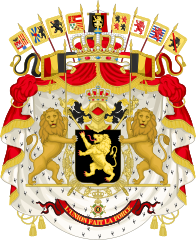
Belgium is a constitutional and hereditary monarchy (and the monarch is the king or queen of the Belgians (Koning(in) der Belgen / Roi / Reine des Belges / König(in) der Belgie) and the country’s head of state.
Since its independence in 1830, Belgium has had seven kings. The first regent was Erasme-Louis, Baron Surlet de Chokier, who ascended on 25 February 1831, and the first King – designated by the National Congress – was Leopold of Saxe-Coburg and Gotha. Because he swore allegiance on 21 July, this has since become a national holiday for all citizens of Belgium.
Further Reading About the History of Begium and European Medals
-
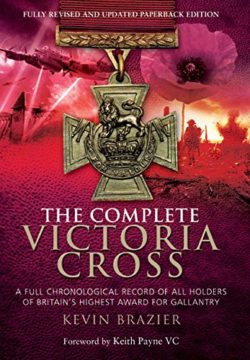
The Complete Victoria Cross: A Full Chronological Record
$10.85 Get it from Amazon -

British Military Medals – Second Edition
$20.31 Get it from Amazon -
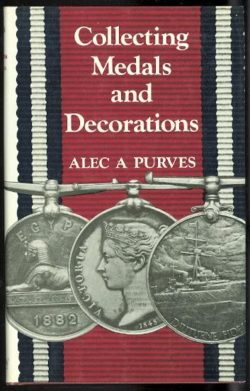
Collecting Medals and Decorations
$25.50 Get it from Amazon -
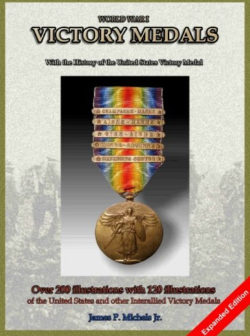
World War I – Victory Medals
$34.00 Get it from Amazon -
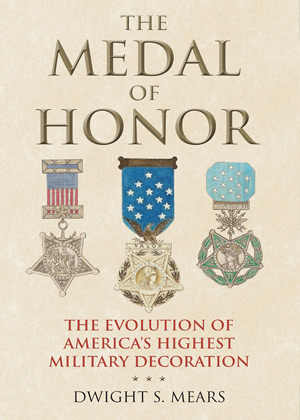
The Medal of Honor: The Evolution of America’s Highest Military Decoration
$39.95 Get it from Amazon

